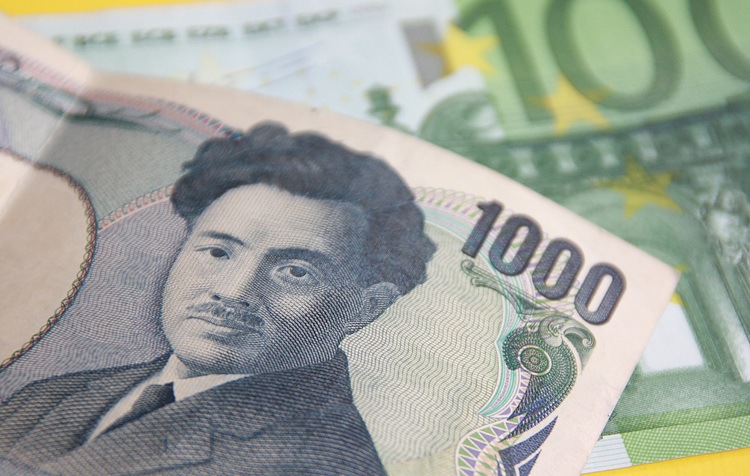The EUR/JPY cross has seen an increase in buying interest for the second consecutive day, reaching the mid-158.00s during the European session on Tuesday. Despite this positive momentum, it is important to consider the fundamental factors at play before confirming a near-term bottom and potential for a meaningful recovery from a recent one-month low.
Recent data shows that Japan’s economy grew at a slightly slower pace in the second quarter, which, coupled with stable equity markets, is weakening the Japanese Yen (JPY) and supporting the EUR/JPY cross. However, the differing policy expectations between the European Central Bank (ECB) and the Bank of Japan (BoJ) may prevent traders from making aggressive bullish bets and could limit further upside movement.
The ECB is expected to lower interest rates at its upcoming meeting on Thursday due to declining inflation in the Eurozone, while the BoJ is potentially considering a rate hike by the end of the year. This uncertainty makes it wise to wait for strong buying momentum before confirming a bottom in the EUR/JPY cross and considering further gains.
Traders are advised to monitor the ECB’s economic forecasts released at the policy meeting, as they will heavily influence the Euro’s price dynamics and provide direction for the EUR/JPY cross. Despite this, the overall fundamental backdrop currently favors bearish traders, indicating that any upward movement may be viewed as an opportunity to sell and could dissipate quickly.
One important economic indicator to watch in relation to the EUR/JPY cross is the ECB Monetary Policy Statement, which is released at each governing council meeting. This statement provides insight into the ECB’s monetary policy decisions, affecting the Euro’s volatility and potentially setting a short-term trend. A hawkish view is positive for the EUR, while a dovish view is negative.
In conclusion, while the EUR/JPY cross has seen some recent gains, the divergent policy expectations between the ECB and BoJ may limit further upside movement. Traders should exercise caution and wait for strong follow-through buying before anticipating a sustained recovery in the cross. Additionally, monitoring key economic indicators, such as the ECB Monetary Policy Statement, is crucial to understanding potential market trends and making informed trading decisions.





















